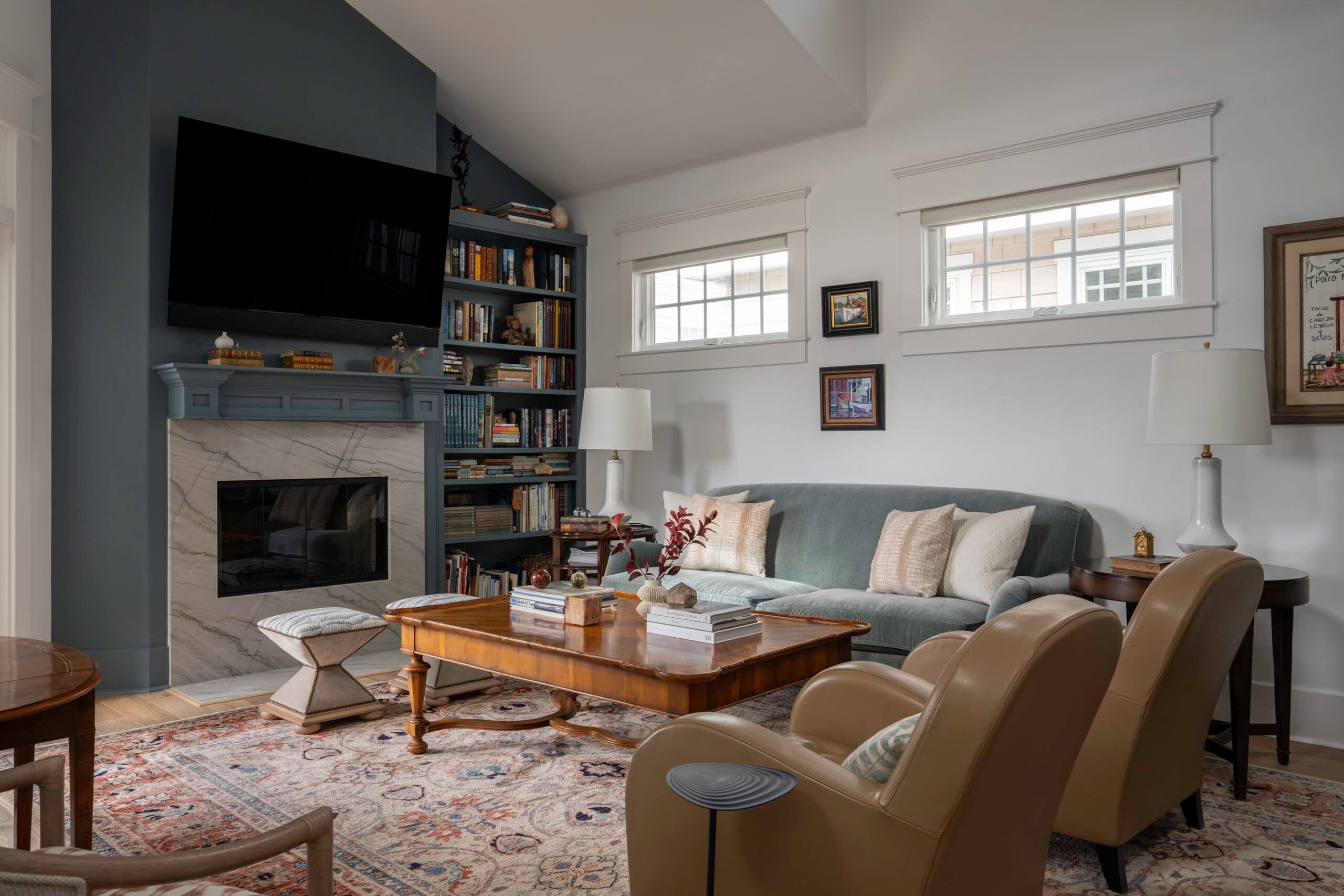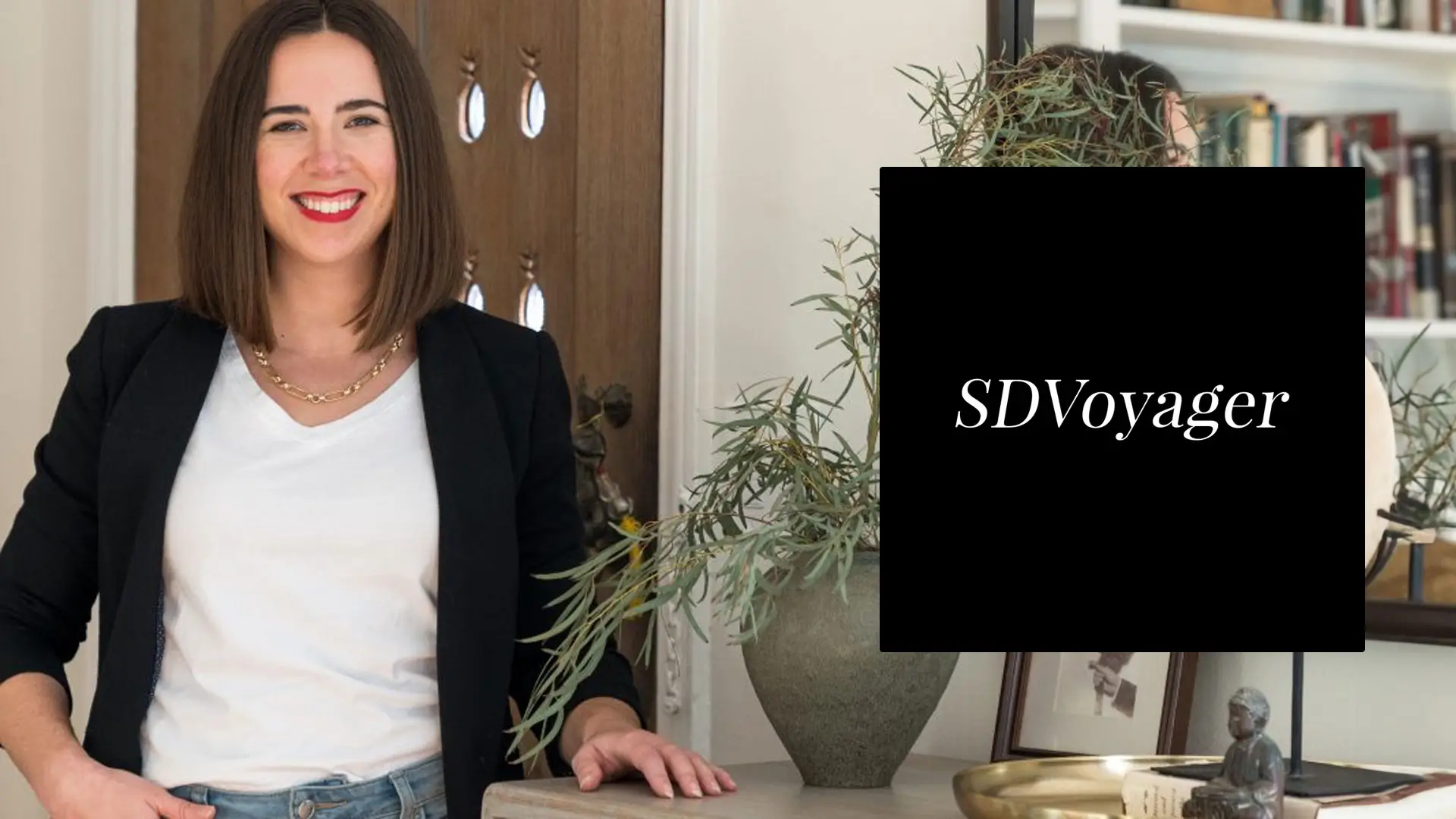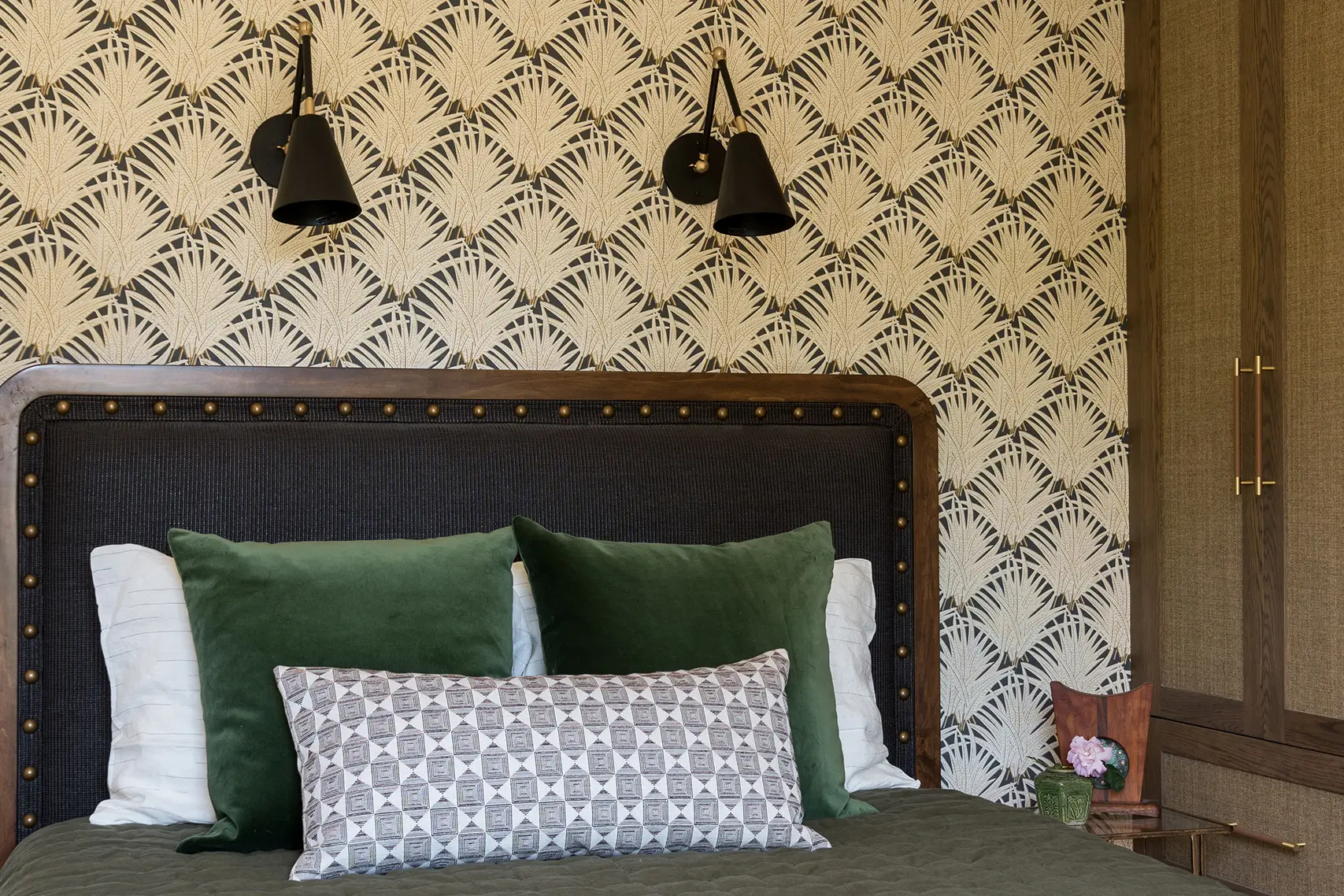
Light Your Home Like an Interior Designer
Layering lighting is a very important and often overlooked part of a design. Varying moods can be created by using different combinations of lighting. If you eliminate layers of lighting, you miss out on showcasing the materials and architectural details that make a space unique. Lack of lighting also impairs your ability to fully use the space. For instance, art lights over artwork will draw attention to the piece making it a focal point. Dimmed ambient lighting can make your living room feel more like a lounge. Task lighting focused on a work space and overhead lighting will brighten a kitchen so you can really see what you’re doing.
Let’s start with General lighting, which illuminates an entire space. General lighting usually comes in the form of recessed can lights that are spaced evenly on the ceiling throughout a room. The can lights themselves provide enough light to illuminate a room well but sometimes you want more light for a specific area to do a task. This is Task Lighting. Task lighting can be under-cabinet lighting in a kitchen to give more light to the countertop, a light over a desk, or LED tape lights in your closet allowing you to better see which pair of pants you are searching for.
The third form of lighting is Architectural Lighting. This could be a wall washer aimed at a piece of art or showcasing an interesting tile feature wall. If you want the light to be decorative, you can use a picture light to highlight a bookshelf or piece of art.
The fourth form, and most important, is ambient lighting. Ambient lighting is a soft glow provided by decorative lights such as table lamps, sconces, and pendants. You want these on a dimmer to control the light levels to set the perfect mood.
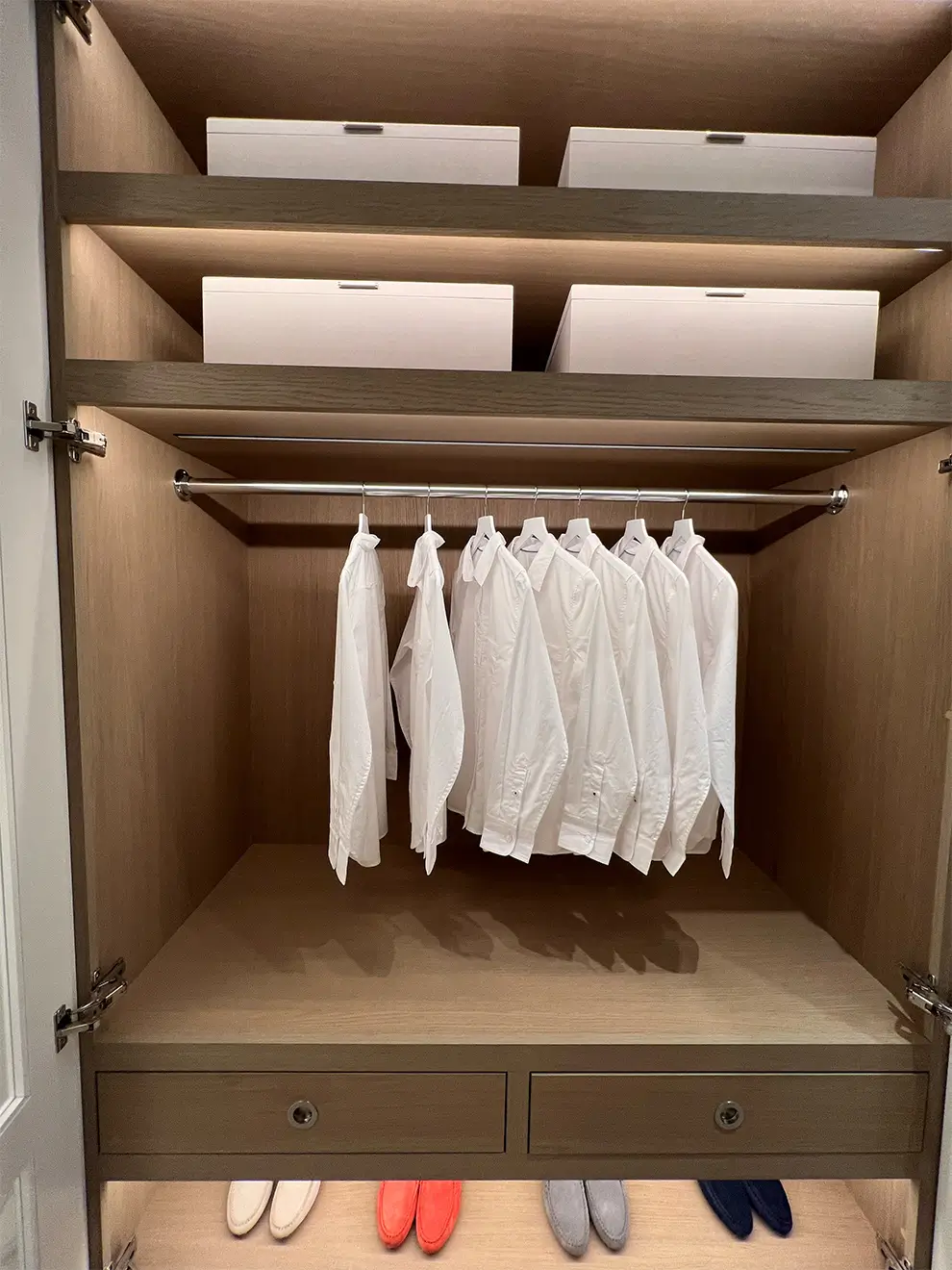
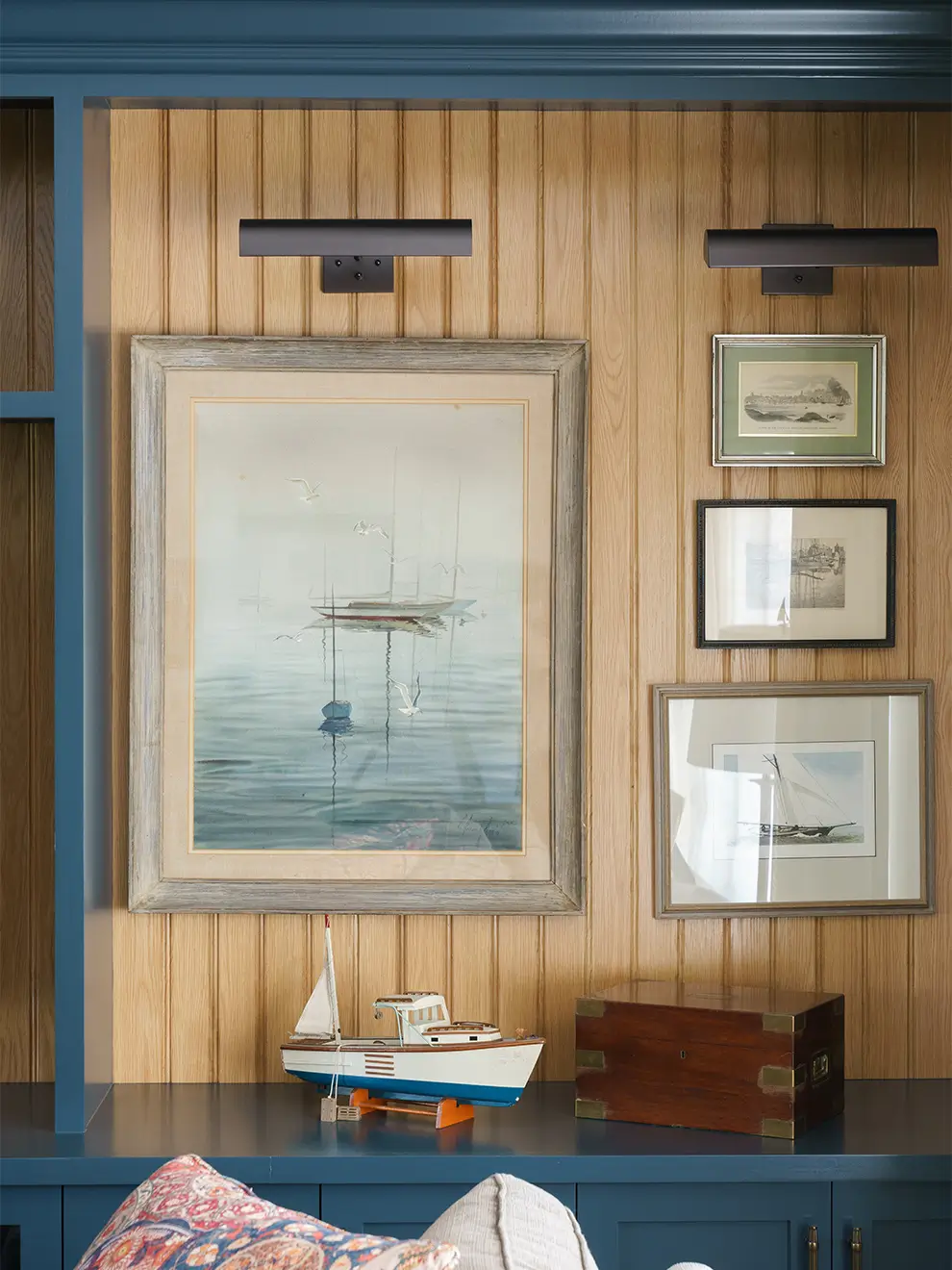
Allison Green as Senior Designer at J Hill Interiors
So, let’s say you’re having a party and want people to be able to show off their outfits but don’t want that awkward level of lighting where it is too bright. You would turn on all of your ambient lighting on a low level for a welcoming glow, add your under cabinet lights in the kitchen and bar so people can see to serve themselves. Then turn on your architectural lights to show off your art collection or gorgeous feature wall we designed for you!
On the other end of the spectrum, if you are prepping for the party, you want to turn on the general lighting and task lighting so you can see as you clean, prepare, and set up for the party.
Both are equally important for the task at hand. If you omit any of these layers you are selling yourself, your guests, and the design you spent so much time on, short.
We recently visited the Visual Comfort showroom where we experienced first hand how dynamic layered light can make a space. They have a room that is specifically designed to show all the different lighting types and how they can be used and combined for different effects. They turned on ambient lighting, showed different installations for tape lighting, and brought different lights up and down to show how to create moods in a space. It was so cool to learn more about how lighting can be used to show off a design. We spend so much time designing and thinking through the details of a space and then those details are lost if the color temperature of the lighting is wrong or lights are placed improperly so the space doesn’t function as well as it should.
Lighting is one of the most important pieces of a design but often one of the first things that is cut due to budget constraints. Even if your budget can’t support a full lighting package, it is important to select key areas to light well so you can fully utilize and enjoy the space that your designer created for you. If you do have the budget, make sure your designer is providing a full lighting package to light all of the important features of the design.



